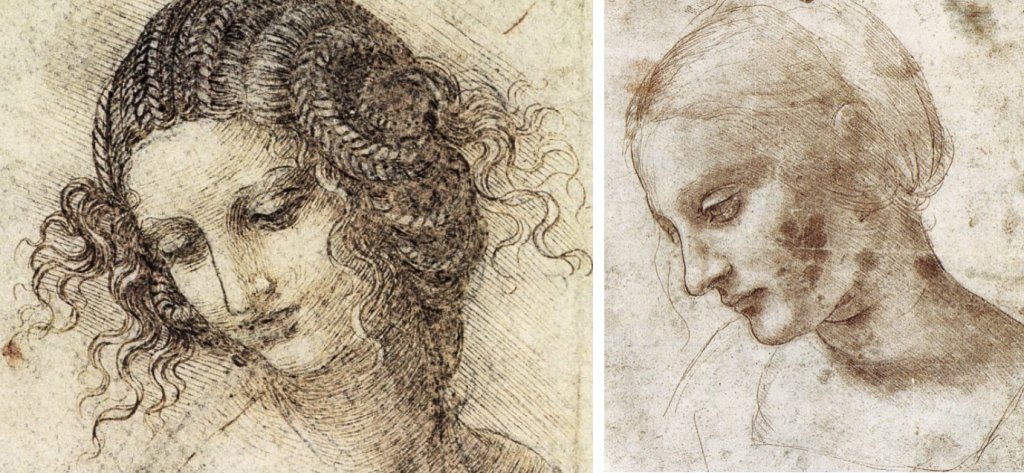San Salvi is a monastery in Florence in which The Baptism of Christ was originally kept. It is a 16th century Vallombrosian monastery. Vallombrosians are a religious order of the Catholic church, such as the Benedictines, but the Vallombrosians are centered in Vallombrosa, which is considered a summer resort in Florence, Italy.
San Salvi is currently most well-known for its painting The Last Supper. This, however, is not Leonardo's painting, but instead painted by Andrea del Sarto. Although it is not the most famous portrait of the last supper, it is still notable. It currently sits as a large mural on the wall at the end of the Great Refectory (a refectory is a room used for eating meals in a religious building, such as a monastery).
Currently, San Salvi is a museum that is free to the public. Although it is not a very famous tourist attraction, it still attracts visitors, particularly those...
more
 Da Vinci and the Renaissance is a fully cross-disciplinary study-abroad program that explores the transition from the medieval period to the Renaissance across multiple subjects (art, architecture, engineering, science and more), laying out how much of what we take for granted today about technology or about the human subject were implemented in this rich period, especially in Italy.
Da Vinci and the Renaissance is a fully cross-disciplinary study-abroad program that explores the transition from the medieval period to the Renaissance across multiple subjects (art, architecture, engineering, science and more), laying out how much of what we take for granted today about technology or about the human subject were implemented in this rich period, especially in Italy.